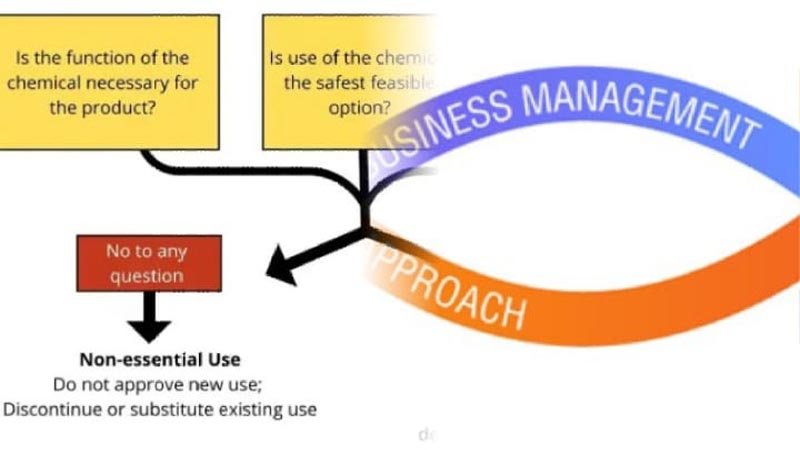The authors argue that the “essential use approach” should be used to remove harmful chemicals from the market more quickly and efficiently.

A new “essential use approach” can help governments and businesses to remove harmful chemicals from daily use and exposure according to a paper published today in Environmental Science & Technology.
It’s a simple concept, but it represents a significant departure from the status quo of chemical management in the United States and Canada. The authors make recommendations for putting this approach into practise to benefit public health, the environment, and the economy.
The authors argue that the “essential use approach” should be used to remove harmful chemicals from the market more quickly and efficiently.
“Most chemicals in the United States and Canada have not been evaluated prior to use,” said Carol Kwiatkowski, co-author and scientist at the Green Science Policy Institute.
“Once a chemical is suspected of causing harm, it can take decades before any restrictions are imposed.” By then, the chemical has usually been replaced with a similar one, which will also take years to regulate. “The essential-use strategy is a more effective strategy for reducing risk before harm occurs.”
According to the essential-use approach, chemicals of concern should only be used in products where their use is “necessary for health, safety, or is critical for the functioning of society” and where feasible alternatives are not available.
The concept originated with the Montreal Protocol, but it was recently adopted by an international group of scientists in their proposed approach for managing the entire class of perfluoroalkyl and polyfluoroalkyl substances (PFAS).
The EU endorsed this approach in its Chemicals Strategy for Sustainability in 2020, calling for the phase-out of all PFAS and other most harmful chemicals, with the exception of those deemed essential for society.
For PFAS, the approach has gained traction in some U.S. states. The U.S. state of Maine banned the use of PFAS in all products by 2030, or 2021, unless the state determines that use is “currently unavoidable.” Other states in the United States are also prohibiting the use of PFAS in specific products.
The authors advise governments and businesses in the U.S. and Canada to fully transition to the “essential use approach” by:
Using a wide range of hazard traits to define chemicals of concern, accelerating decisions about the use of potentially hazardous chemicals by asking the simplest of three questions:
Is the chemical’s function required for the product?
Is the use of chemicals the safest option?
Is the use of the chemical justified because its inclusion in the product is required for health, safety, or the proper functioning of society?